Finances
What happens once your card’s 0% intro APR period ends?
The end of your credit card’s introductory 0% period can be a stressful time. Here’s what you need to know about how it works and why it matters.
Advertisement
Credit cards with an 0% intro APR are great to pay off debt – but beware of the expiration date

Getting a credit card with a 0% introductory APR is a great way to pay down your debt much faster. But it can be tricky if you don’t know how to use it correctly and your intro APR period ends.
That is because if you’re carrying a balance once your APR period ends, you’ll pay interest charges.
Once the intro period comes to an end, the standard APR will immediately come into place. Depending on how much you owe in that card, it could get very expensive.
So it’s important to create a plan in order to pay off all your outstanding balances as quickly as you can.
There are also a few other alternatives to manage a credit card balance. You can negotiate a lower rate with the issuer or even get a balance transfer credit card.
Keep reading to learn more about what you can do once the 0% APR period ends on your credit card.
What is an intro 0% APR?
An introductory 0% APR is a special financing offer from credit card companies that allows you to avoid paying interest on your purchase and/or balance transfers for a certain period of time.
Getting a credit card with a low introductory period can be a great way to make large purchases or pay down existing credit card debt.
During the 0% period, card members don’t have to pay any interest on balance transfers, purchases, or both.
As enticing as this offer is, it’s important to remember it will eventually come to an end.
Usually, cardholders have to pay at least the minimum amount to take advantage of the promo APR.
However, it’s crucial to try and pay your balance in full every month. That way, you won’t run the risk of accruing more interest charges on your card once the APR period ends.
Check if you are pre-approved for credit cards and loans with no impact to your credit score
You will be redirected to another website
You’ll receive messages for less than 1 week, with a maximum of 1 message per day. You can unsubscribe anytime by replying STOP. By submitting this form, I confirm that I am 18+ years old and agree to the Privacy Policy and Terms and Conditions. I also provide my signature, giving express consent to receive informational messages via automated emails, SMS, MMS text messages, and other forms of communication. Message frequency may vary as part of our good-faith effort to respond to your inquiry. Message and data rates may apply. Text STOP to cancel. I understand that my consent to receive communications is not a condition of purchase and that I may revoke my consent at any time.
So what happens once the 0% intro APR period ends?

The 0% APR period on your credit card can be a great perk, allowing you to make purchases or transfer balances without accruing interest.
But what happens when that introductory 0% APR period comes to an end?
Generally, once your 0% APR period ends, any remaining balance on your account will begin accruing interest at the card’s standard APR rate.
This rate will vary depending on the card and issuer, but it’s typically much higher than the 0% APR rate.
For example, if you have a balance of $1,000 on your card with a standard APR of 18%, you’ll accrue $18 in interest charges every month.
Of course, you can avoid paying interest entirely by paying off your balance in full before the 0% APR period expires.
To do this, you’ll need to calculate how much you need to pay each month to eliminate the balance before the higher interest rate kicks in.
What if you still have a balance once the 0% APR period ends?
If you still have a balance on your 0% APR credit card after your introductory period ends, you have several options.
You can continue making the minimum payments until the balance is paid off, or you can increase your payments to pay off the balance more quickly.
You can also transfer the balance to another 0% APR credit card to extend the period of interest-free financing.
Another option is to contact your credit card company and ask for an extension of the 0% APR period.
Finally, you can pay off the balance in full to avoid paying any interest. Regardless of which option you choose, it’s important to make sure that you keep up with your payments so that you don’t damage your credit score.
What’s the difference between a 0% APR on purchases and balance transfers?
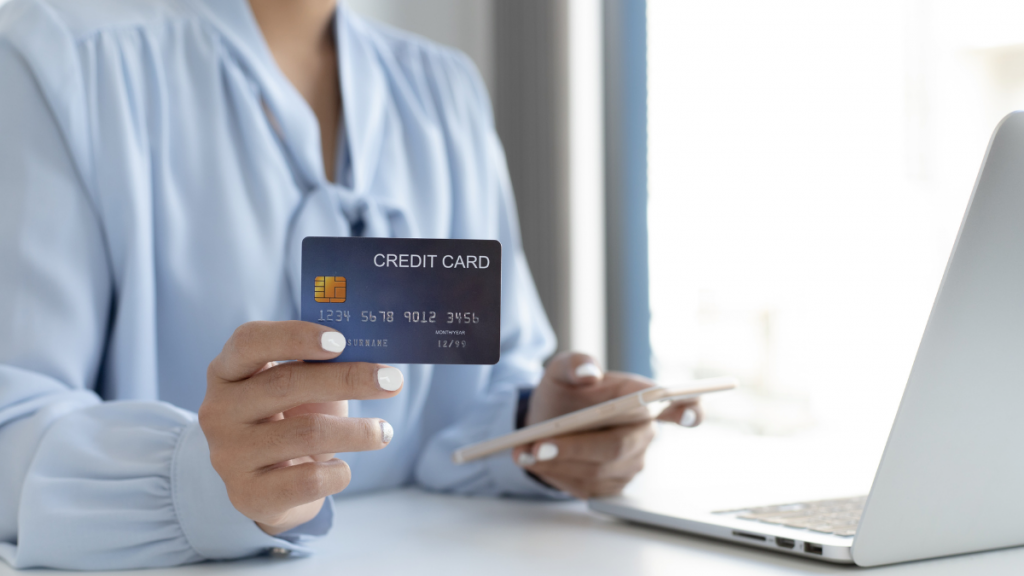
An introductory 0% APR on purchases generally lasts for 12 to 15 months. Any purchase made during this 0% APR period will not accrue any interest.
However, once the 0% APR period ends, any remaining balance on the purchase will begin to accrue interest at the card’s standard APR rate.
An introductory 0% APR on balance transfers is typically shorter, lasting for 6 to 12 months. Similar to purchases, no interest will accrue on the transferred balance during the 0% APR period.
After the 0% APR period ends, any remaining balance will begin to accrue interest at the card’s standard APR rate.
One key difference between an introductory 0% APR on purchases and balance transfers is that balance transfer fees will usually apply.
These fees are typically 3% of the transferred amount but can vary depending on the card issuer.
When considering whether to take advantage of an introductory 0% APR offer, be sure to consider the length of the 0% APR period, and the card’s standard APRs.
Is it a good idea to cancel your card once the APR period ends?
If you have a credit card with a 0% introductory APR period, you may be wondering whether you should cancel the card when the 0% period ends. There are a few things to consider before making a decision.
First, 0% APR periods can be a great way to save on interest. If you plan to carry a balance on your card after the 0% period ends, it may be worth keeping the card in order to avoid paying interest.
Second, many cards offer additional benefits, such as rewards or cash back, that can offset the cost of any interest you may accrue after the 0% APR period ends.
If your card offers such benefits, it may be worth keeping the card even if you do expect to carry a balance.
Finally, it’s important to remember that canceling a credit card can negatively impact your credit score. If you cancel a card with a long history, for example, your credit score could drop.
As such, it’s important to weigh all of the factors before deciding whether or not to cancel your credit card when the 0% APR period ends.
How can you qualify for a good credit card APR?
Did you know that there are several things you can do to improve your chances of qualifying for a low APR credit card?
In the next article, we’ll outline some of the best ways to make yourself eligible for an attractive interest rate. So check the link below to learn more!
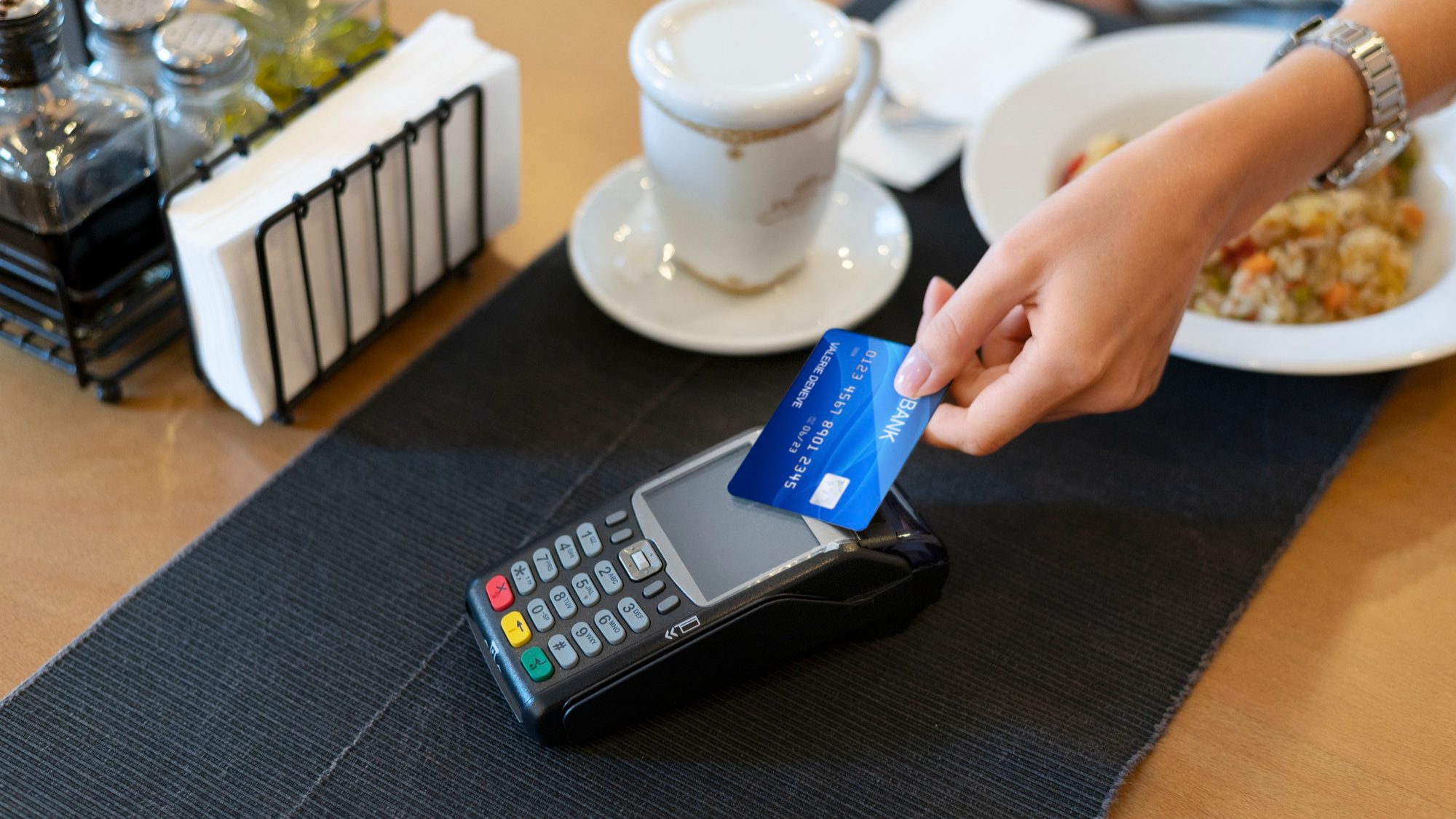
What is a good credit card APR and how to get one?
Read this article to get some helpful advice concerning the best way to choose a good credit card APR and how to qualify for one.
Trending Topics

ESPN Plus: Check out all you need to know about ESPN’s streaming service
In this comprehensive guide, we’ll tell you all you need to know about ESPN Plus, including what it is, and what content you can watch.
Keep Reading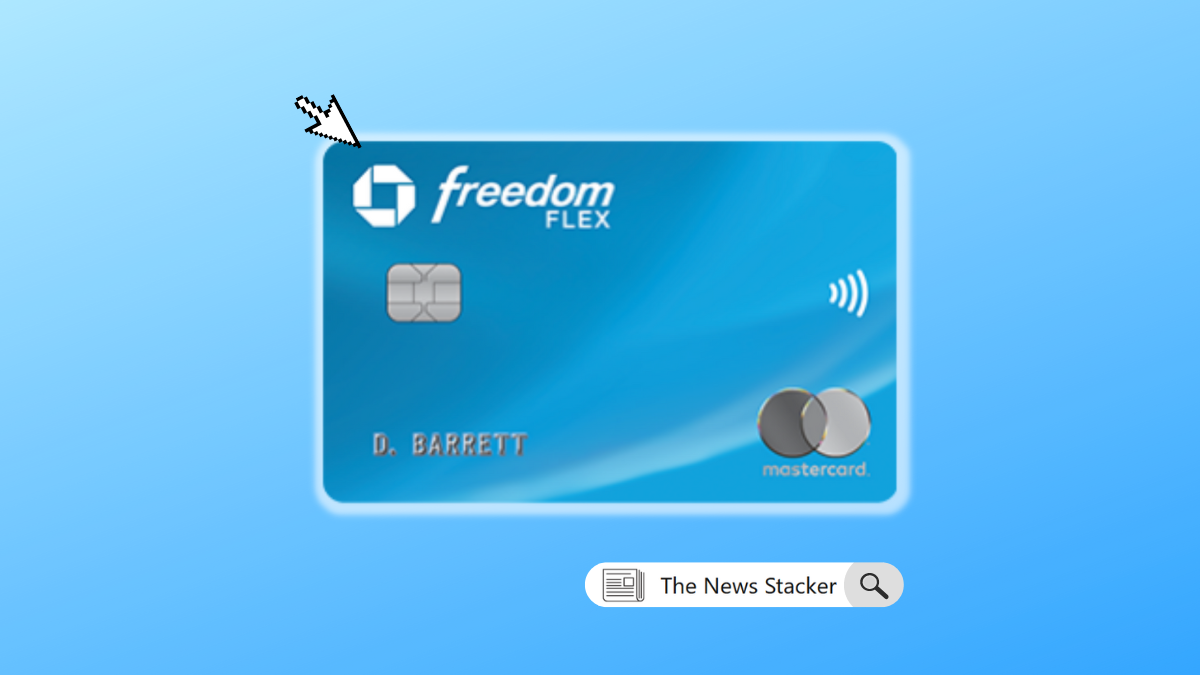
See how to apply: Chase Freedom Flex℠ Credit Card
Learn all about the features and benefits you can expect when you sign up for the new Chase Freedom Flex℠ Credit Card and how to apply.
Keep Reading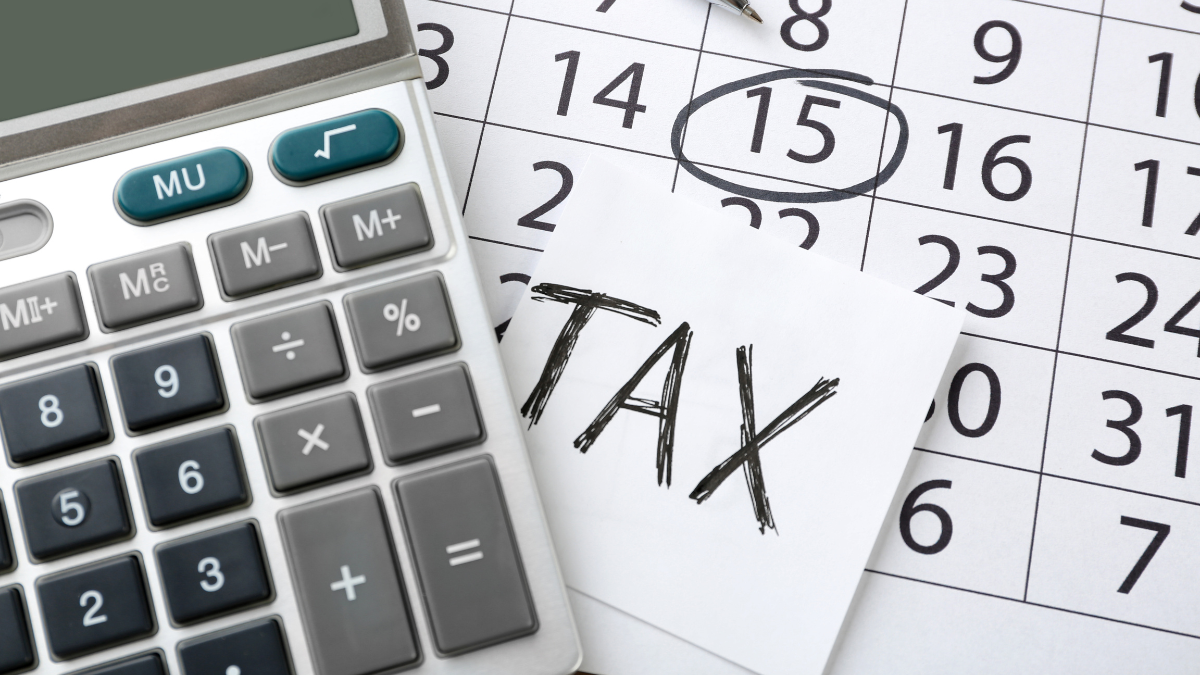
5 Surprising State Tax Breaks You Didn’t Know Existed
Wondering what tax breaks you may be missing? We've uncovered five state-sponsored tax breaks that could save money!
Keep ReadingYou may also like

10 Most Fun TV Shows About Science
Are you looking for a way to make learning about science more enjoyable? Check out our list of the 10 best fun TV shows about science!
Keep Reading
How to effectively de-stress and live better
Stress can have a negative impact on your wellbeing. Here are some tips to help you effectively de-stress and regain your equilibrium.
Keep Reading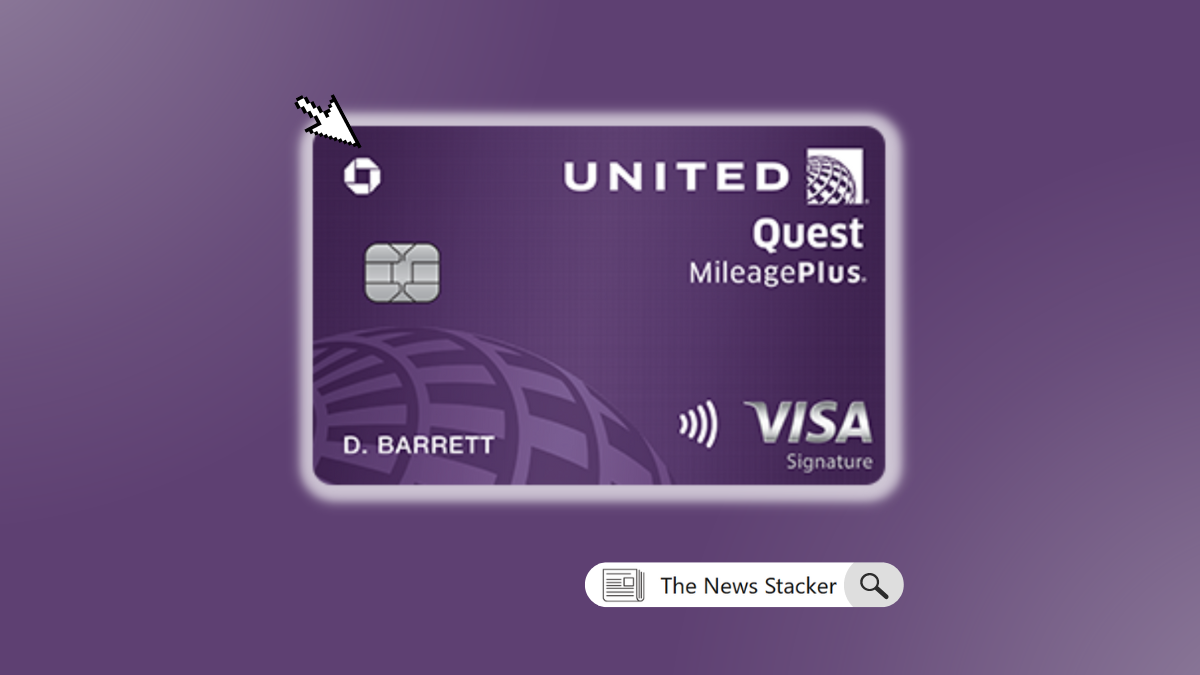
See how to apply for the United Quest℠ Card
Reach your travel goals! Learn how to apply for the United Quest℠ Card and get rewarded with up to 60,000 bonus miles when you sign up.
Keep Reading